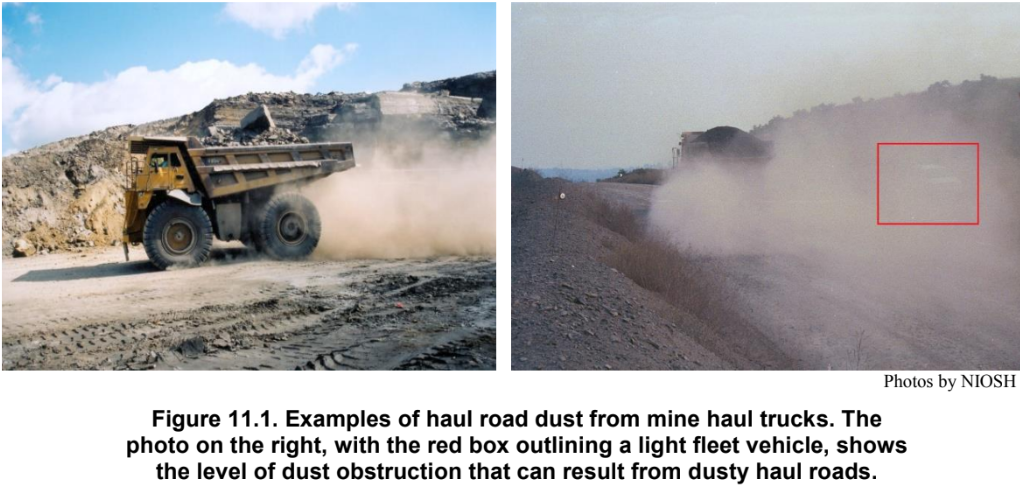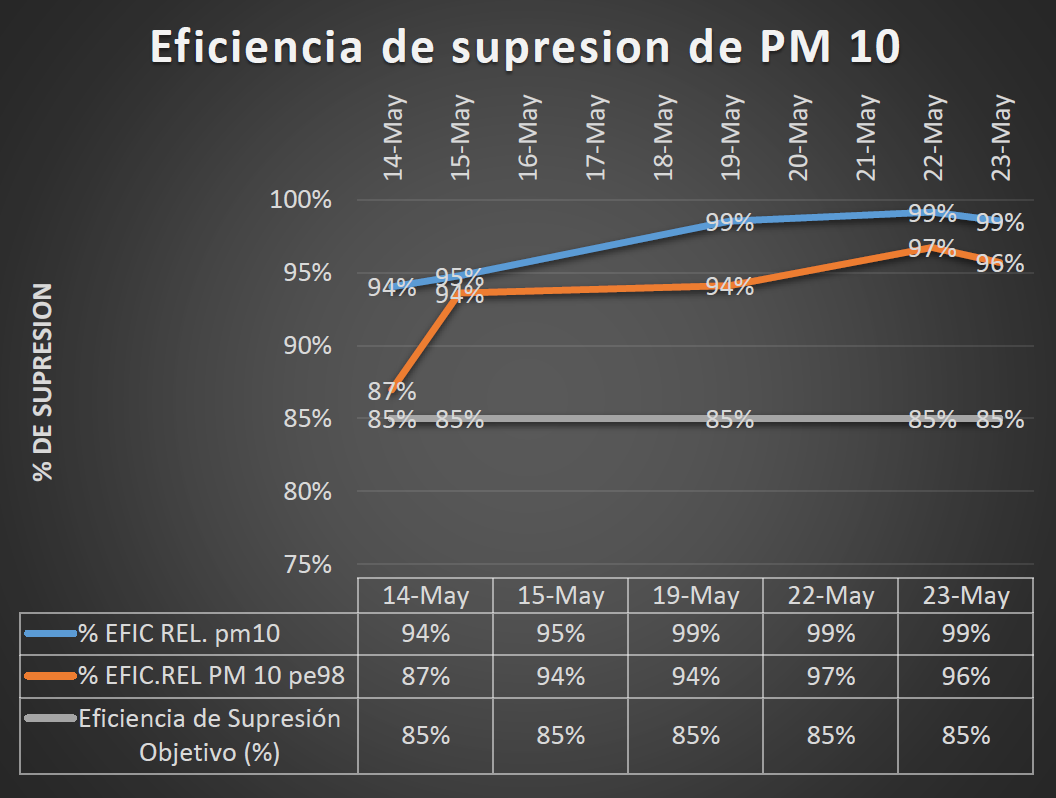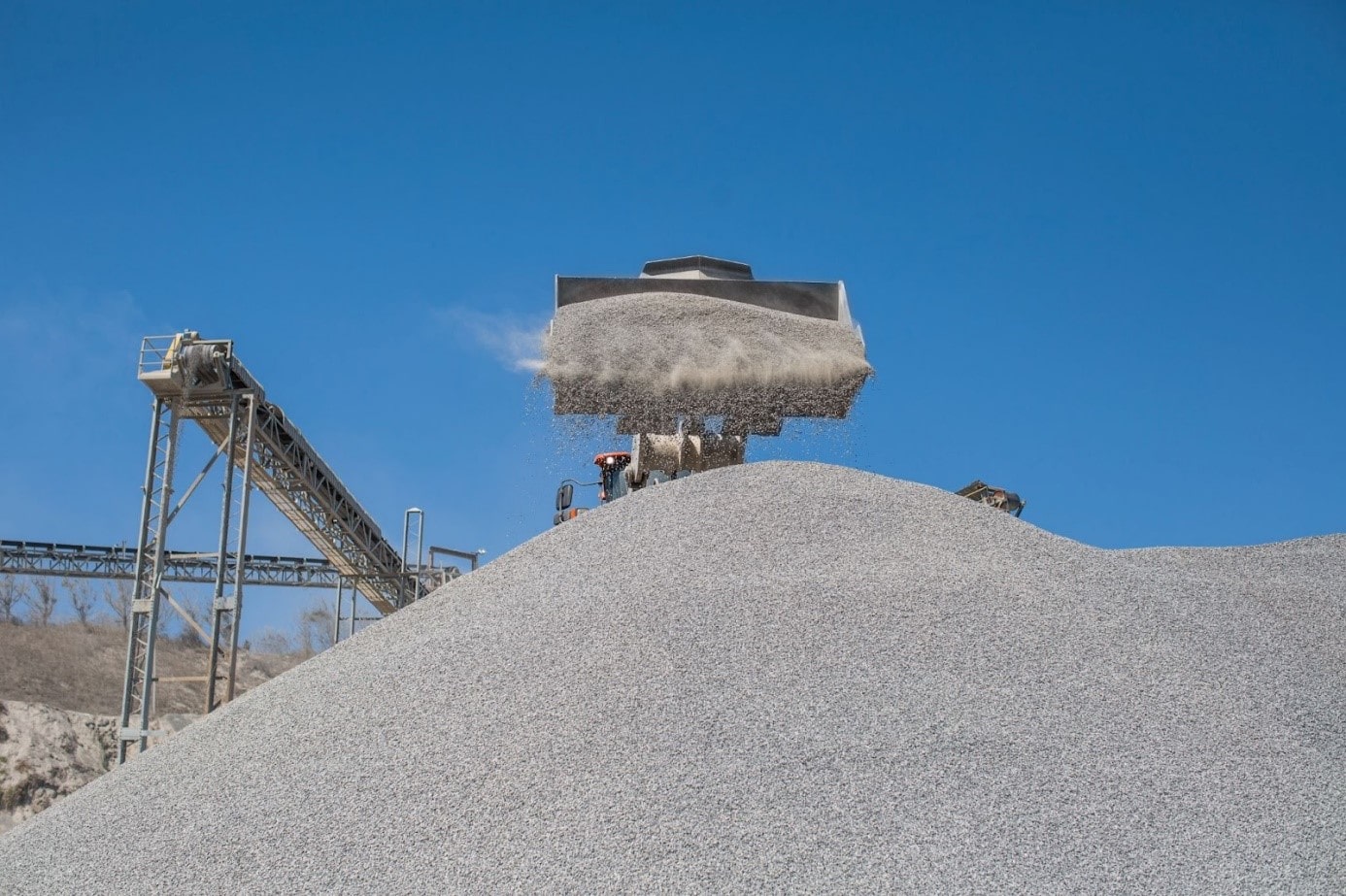The following article discusses dust generation on mine roads, its short- and long-term consequences on operations, health and the environment. In addition, we will look at how to address the root cause of the problem, enabling the most efficient control of the problem
Introduction
Protecting workers from respiratory diseases is a primary issue, especially when it comes to any type of dust containing respirable crystalline silica. The National Institute for Occupational Safety and Health (NIOSH) has classified respirable crystalline silica as a potential occupational carcinogen [NIOSH 2002]. NIOSH [1991] has long discussed that overexposure to respirable crystalline silica dust can result in health problems that include pneumoconiosis, silicosis, chronic obstructive pulmonary disease, tuberculosis, chronic bronchitis, emphysema, and chronic kidney disease. Many of these diseases are fatal and can be traced directly to the workplace, so addressing their causes and preventing exposure is of great benefit to workers [Haas and Cecala 2015].
When mining and processing minerals, the mined ore undergoes a number of crushing, grinding, cleaning, drying, and product sizing operations as it is processed into a marketable commodity. These mechanized operations can generate large amounts of dust, potentially exposing workers to elevated levels of airborne dust. Therefore, federal regulations are in place to help to protect workers by limiting their respirable dust exposure, and mining operations implement engineering controls in an effort to reduce dust generation and limit worker exposure.
Haul roads dust emissions
Past research has shown that haul trucks generate the majority of dust emissions at these surface sites, with their contribution being 78–97 percent of total dust emissions for particulate matter less than 10 micrometers (μm) [Cole and Zapert 1995; Amponsah-Dacosta and Annegarn 1998; Reed et al. 2001]. The high contribution of airborne respirable dust emissions from haul trucks has the potential to overexpose mine personnel, which is of heightened concern if this dust contains respirable crystalline silica.

Mobile equipment travels haul roads and access roads to move material and personnel in and out of the mining areas. The road network at a surface mine site can be quite extensive, and the potential for dust generation depends upon the traffic patterns, quality of road construction, dust controls used, and weather conditions at the site. Overexposures to respirable dust can occur to both equipment operators and workers in the vicinity of the road.
A majority of the fugitive dust is generated through the forces of the wheels on the road surface and by the turbulence created by the vehicles [Moosmüller et al. 2005]. As the speed of haul trucks increases, the amount of turbulence and dust liberation also increases, as shown in Figure 3 [Thompson and Visser 2001].
ABCDust, using EPA methodology and referenced monitoring equipment, has measured uncontrolled haul road PM10 dust emissions within 32 mg/m3 to 100 mg/m3, which is 213-666 times the air quality norm of 150 u/m3. These high levels of dust are not just a health concern, they are also a visibility hassard.

In one study, reducing vehicle speed from 25 to 10 miles per hour (mph) reduced the generation of dust particles < 10 μm by approximately 58 percent, and by 42 percent when speeds were reduced from 25 to 15 mph [Watson et al. 1996]. In another study, limiting speeds on unpaved roads to 25 mph reduced dust levels by 44 percent [Countess Environmental 2006]. Although reducing the speed of vehicles traveling on haul roads can be an effective method for dust control, these actions may impact the production rate of the mine.
Respirable Dust, mg/m3.

The use of dust suppressant additives can help mine companies to control dust emissions, improve road conditions and keep the road productivity without reducing transit speed. ABCDust has measured dust emissions reductions of up to 97% using an optimized dust control protocol, whereas break distance where improved by 32-80%, as well as road leveling and profiling frequency by 90%.
With the finding of exposure of workers, equipment and communities to airborne dust, as well as the visibility risk, conventional control mechanisms can be implemented to control the dust concentrations present in the area. Certain industrial processes, such as those found in the production of industrial minerals, may utilize similar control mechanisms—e.g., engineering controls, work practices, and the use of personal protective equipment—to protect workers from excess dust exposures. A common way to develop control strategies is to use the longstanding and proven hierarchy of controls approach (see Figure 3). In this inverted pyramid, essentially, the higher up in the pyramid one goes, the more effective and preferred the control.
The top of the inverted pyramid begins with the most effective method of controlling the hazard. The expected level of efficiency associated with that method of control ultimately decreases as one moves down the inverted pyramid. Eliminating the hazard from the process completely or substituting it with a material that presents a lesser hazard are two of the most ideal means to prevent worker overexposure. Unfortunately, in the mining industry, it is unlikely the dust hazard can be eliminated or substituted due to the nature of the industry. Therefore, controlling dust within industrial mineral applications typically begins at the engineering control level within the pyramid.
![Figura 4. Illustration of the hierarchy of controls approach. This is a well-established method for lowering workers’ respirable dust exposures in industrial applications [adapted from NIOSH 2018a].](https://abcdust.net/wp-content/uploads/2022/12/Figura-4.-Illustration-of-the-hierarchy-of-controls-approach.-This-is-a-well-established-method-for-lowering-workers-respirable-dust-exposures-in-industrial-applications-adapted-from-NIOSH-2018a..png)
How to act at the top of the hierarchy of risk controls?
As seen previously, acting at the top of the pyramid provides greater control over risks. Adopting this strategy of mitigating risks to occupational health and operations, that ABCDust developed its line of solutions, Dust Master Systems (DMS®), for the control of dust emission generated on haul roads.
Dust Master Systems (DMS®) | ABCDust
Dust Master Systems (DMS®) offers a wide range of state-of-the-art dust monitoring and suppression solutions for dust control in many industries such as mining, forestry, and construction. DMS® products are characterized by high dust suppression capacity, soil stabilization improvements, water-saving, braking distances reduction, and low maintenance costs.
Dust Master Systems (DMS®) benefits:
- 95-99% proven dust reduction;
- 80-90% Water savings;
- Long-term effects. Minimizes water consumption;
- Rapid dilution and applications;
- Non-slippery roads;
- Neutral PH. Non-corrosive to machinery;
- Applicable to all types of soil;
- Designed for high traffic of heavy machinery;
- Non-toxic Products;
- Water-repellent. Resists impact of rain and snow;
- Harmless to the Environment;
- Measured performances to best match different traffic, soil, weather, and water characteristics.
Due to their benefits, DMS® suppressant additives allow you to act at the top of the control hierarchy, maximizing measures and results. Besides its safety benefits, its characteristics allow the reduction of operational costs (reduced fuel consumption, tires, water consumption, and corrective maintenance) and increase productivity (higher operating speeds, less interference with road maintenance, lower cycle times of off-road haul trucks).
Contact ABCDust and learn more about how you can act on the root causes of dust emission and ensure safety and operational efficiency in mining activities.





